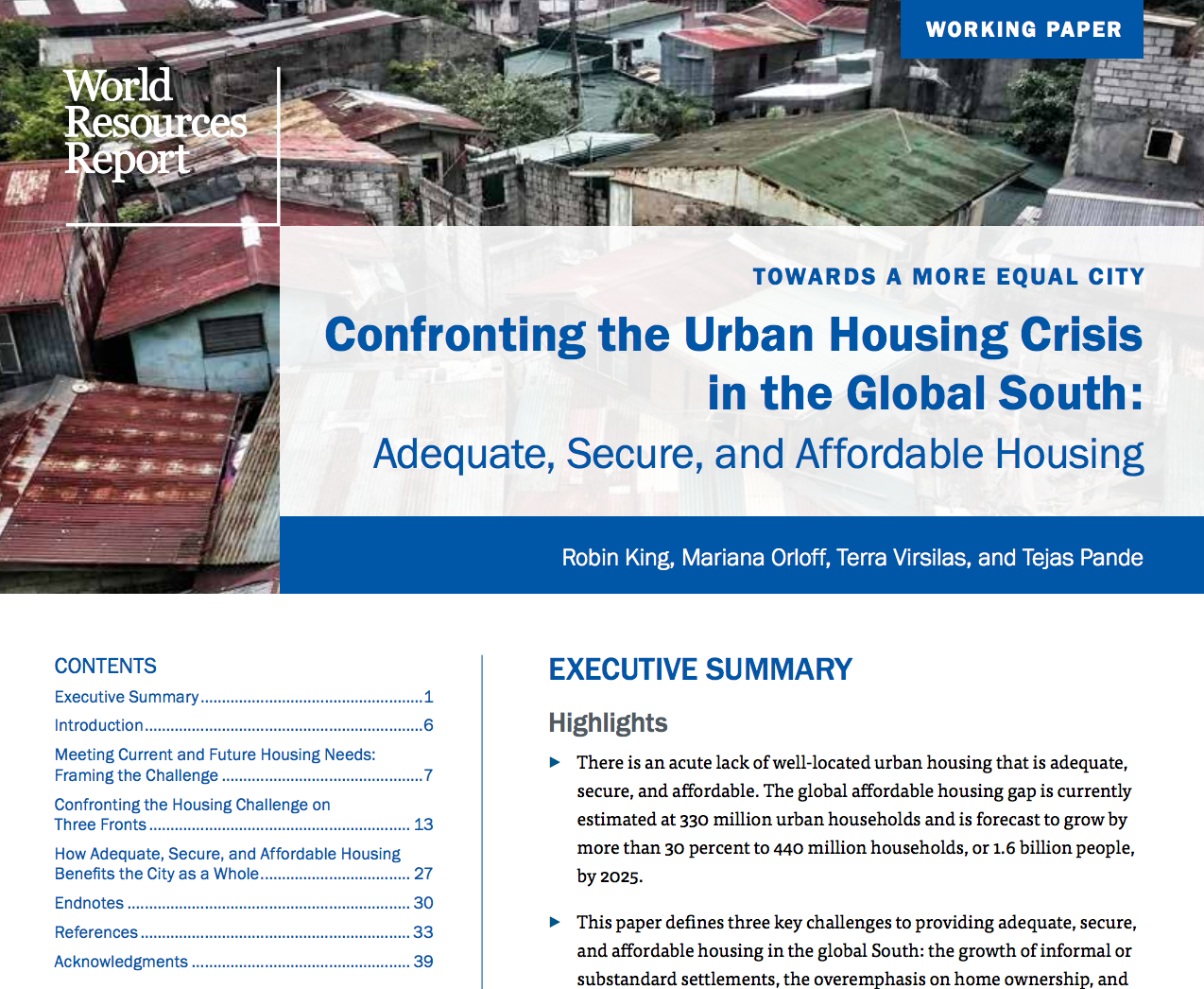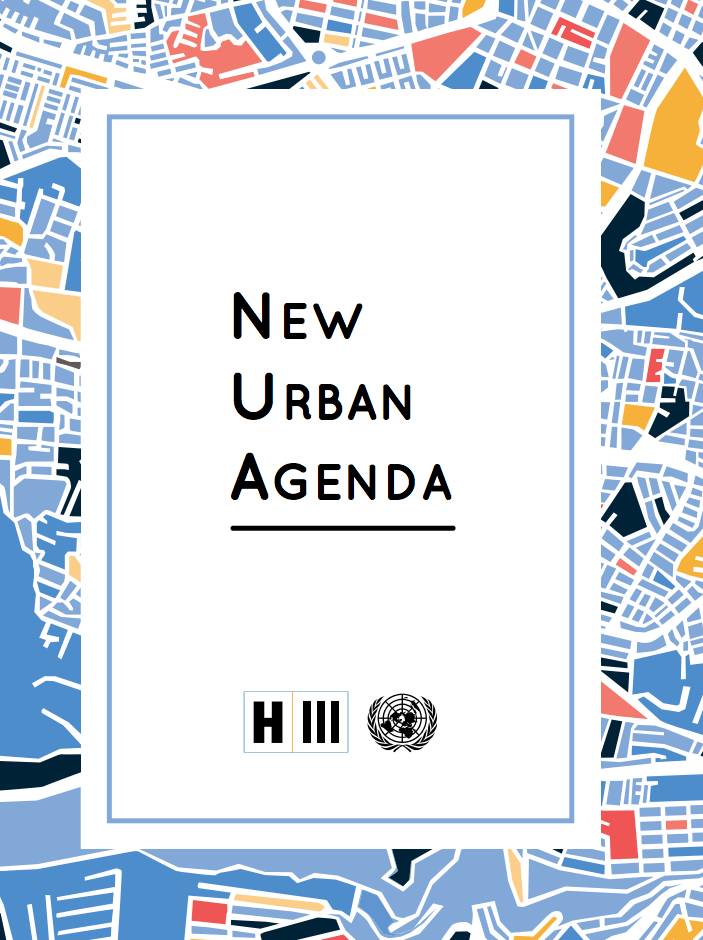Land-cover classification of an intra-urban environment using high-resolution images and object-based image analysis
Detailed, up-to-date information on intra-urban land cover is important for urban planning and management. Differentiation between permeable and impermeable land, for instance, provides data for surface run-off estimates and flood prevention, whereas identification of vegetated areas enables studies of urban micro-climates. In place of maps, high-resolution images, such as those from the satellites IKONOS II, Quickbird, Orbview and WorldView II, can be used after processing.





